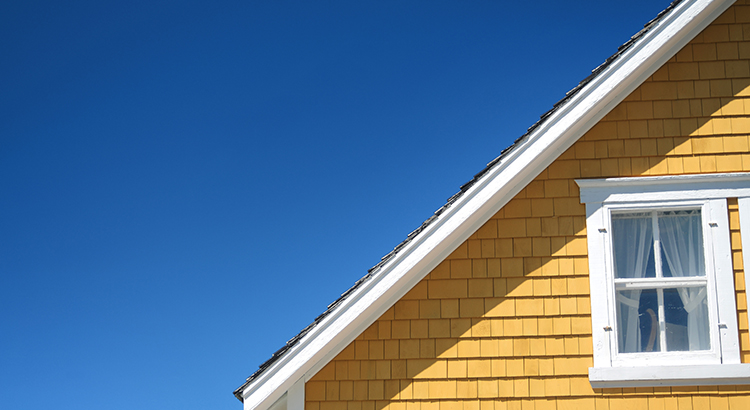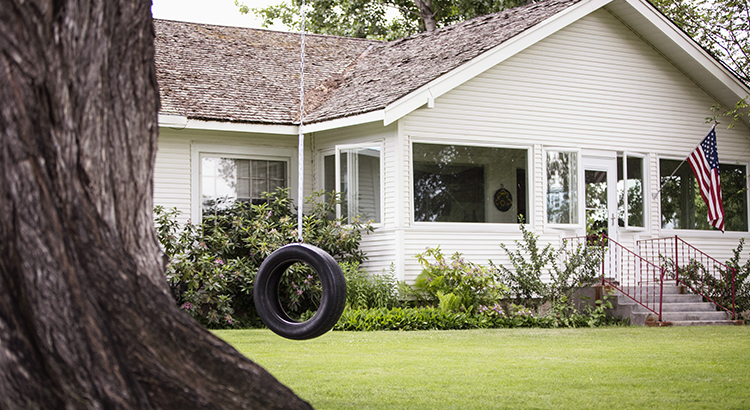“I’m buying a home, should I have radon testing done?”
What is Radon?
- Radon is an odorless lazy gas that comes up through the rock and granite under homes and buildings and seeps through crawlspaces and foundation slabs.B
- There is a risk of Radon at any level.
- The EPA (Environmental Protection Agency) uses 4.0 pIc/L measurements at which anything at or higher has enough heal risk to warrant immediate action.
- The World Health Organization just lowered their recommendation to 2.7 pIc/L or above.
- The EPA is looking into this heightened standard. No decision has yet been made.
Where is Radon in my area?
Here is a map from the EPA showing the Portland & Vancouver metro area by zip code and color coded by average radon levels. However, just because your area might not be dark red, does not mean you should not test for radon. Lake Oswego is notoriously low for radon, and EcoTech’s highest radon reading ever was in Lake Oswego.B Moral of the story—test your home irregardless of what the map says. And if you live in Clark County–no exceptions.

How do I test for Radon?
- Contact local companies that specialize in radon testing and mitigation
- It’s a simple test and fixed through well established venting techniques
- EcoTechB is licensed in OR & WA & certified by the National Environmental Health Association
- E Works NWB B is licensed in OR & certified by the National Environmental Health Association
- Soil Solutions is licensed in OR & WAB & certified by the National Environmental Health Association
- The device below is placed in the home with strict guidelines of 48 hours in a closed environment i.e. closed windows, normal coming and going.

B If my home tests above 4.0 pIc/L how does it get fixed?
- Two of the most common ways to mitigate radon gas is either through the crawlspace if there is one, or through the foundation.
- The goal is to remove the air from under the crawl/foundation before it gets into the home. It is not enough to fan out the gas in the crawlspace alone.
- CRAWL: Depending on radon levels and size/scope of the crawlspace, the area is sealed in with a membrate against the foundation floor, the walls and all posts. Additional perforated pipe may also be installed in the crawlspace. A vent pipe and fan (pictured below) is installed to exit the gas out above the roof line of the home.
- SLAB: If the homes is on cement slab, a hole will be cored into the concrete and 5-20 gallons of soil will be removed. Pipes will be inserted with a 45 degree turn to and through the side of the house with the gas discharged up to the roofline.
- The photo below shows the venting fan system that extracts the radon gas from under the slab/crawlspace and vents up past the roof line.










